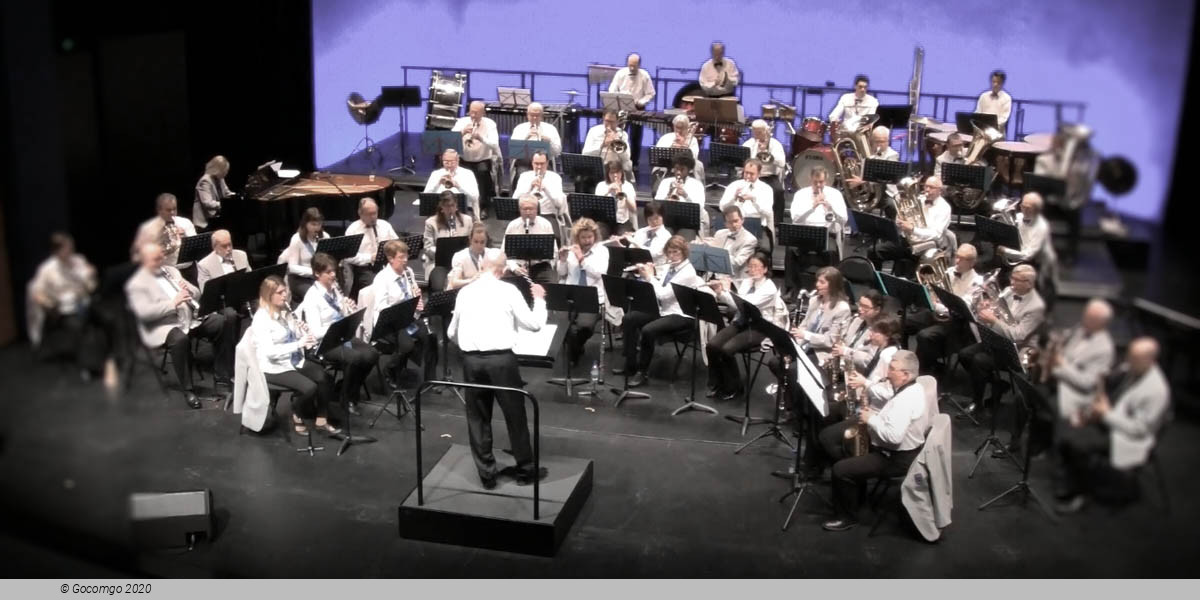Ledoux Theater (Besançon, France)
Ledoux Theater

The Ledoux Theater is an auditorium, opera, theatre and concert hall, located in the historic centre of Besançon, formerly known as the musical theatre.
In 1784 Ledoux was the architect selected to design a theatre at Besançon, Franche-Comté. The exterior of the building was designed as a severe Palladian cube, adorned only by an almost Grecian neoclassical portico of six Doric columns. However, if the neoclassical hints to the exterior were regarded as modern then the interior was a revolution - venues for public entertainment were rare in the French provinces, and where they did exist it was traditional that only the nobles had seating, while those of less exalted rank had stood. Ledoux, realizing this was not only inconvenient but elitist planned the theatre at Besançon on more egalitarian lines with seating for all but in some quarters such a plan was seen as radical if not revolutionary, the aristocracy had no wish to be seated alongside commoners. However Ledoux found an ally in the Intendant of Franche-Comté, Charles André de la Coré, an enlightened man, he consented to follow this reforming plan. Even so, it was decided that the social classes would still be segregated thus while the theatre was the first to have a ground floor amphitheatre furnished with seats for the ordinary paying public. Above them was a raised terrace or balcony for state employers. Directly above was the first tier of boxes reserved for the aristocracy, and above this a tier of smaller boxes occupied by the middle-class the second. Thus Ledoux achieved his ambition that the theatre could at the same time be a place of social communion and shared entertainment while still maintaining a strict hierarchy of the classes.
The seating was not the only innovation at the theatre. With the aid of the machinist, Dart de Bosco Ledoux expanded the wings and backstage scenery apparatus, giving it greater depth than was customary, and many other modern improvements. Besançon was the first theatre to screen the musicians in an orchestra pit. The building was widely acclaimed on its opening in 1784 but when Ledoux submitted plans for the proposed new theatre in Marseilles but they were not accepted.


